Path‑traced showpieces and ray‑traced marvels that set the visual benchmark
Ray tracing isn’t just a buzzword anymore—it’s the secret sauce behind lifelike reflections, shadow detail you can feel, and lighting that finally behaves like, well, light. Below are ten games that don’t just “support RT”; they shine with it—mixing cutting‑edge techniques (up to full path tracing) with smart optimization so they’re a blast to actually play.
10) Alan Wake 2 (2023)
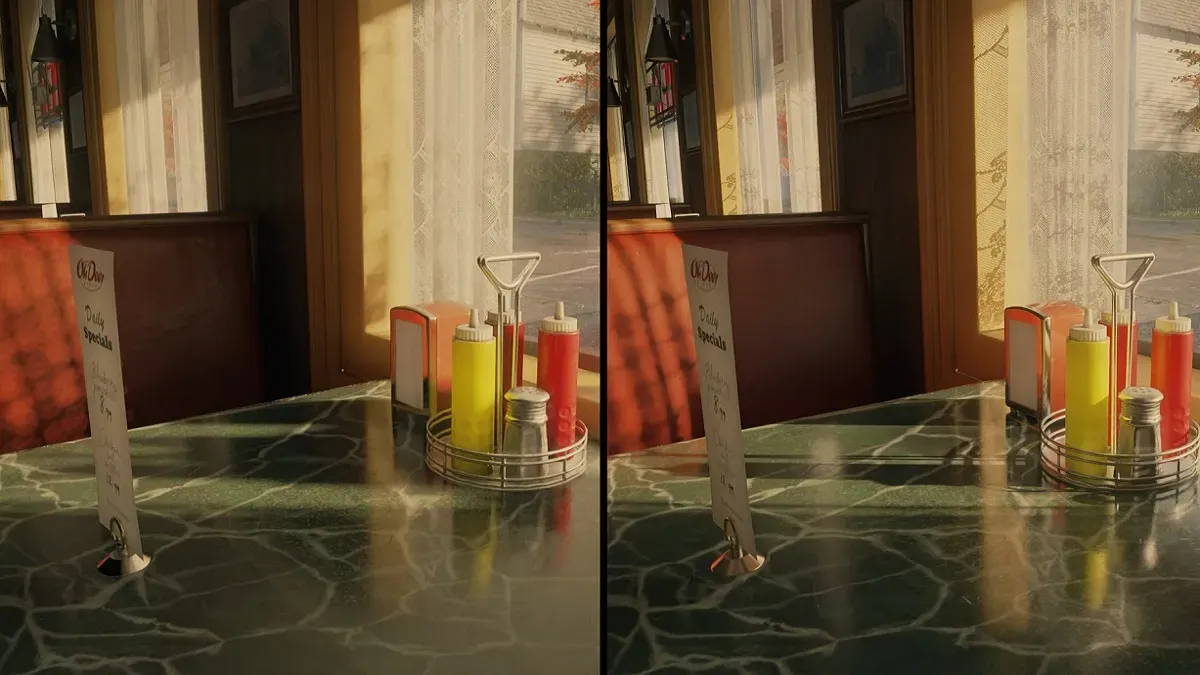
Remedy’s psychological horror sequel is one of the most convincing arguments for ray‑traced lighting yet. On PC, Alan Wake 2 goes beyond selective effects with a full‑scene path‑traced mode that unifies lighting, reflections, and shadows into a single simulation—then leans on DLSS 3.5 with Ray Reconstruction to make it playable at high resolutions. The result is dense forests where moonlight filters realistically through foliage, rain‑slicked streets that mirror neon signage without screen‑space artifacts, and interiors that react believably to every flashlight sweep. Remedy’s own tech write‑ups call out revamped fully ray‑traced direct lighting and improved denoising—key to the game’s clean, cinematic look. If you’re on high‑end hardware, the “Ultra” RT settings push image quality even further with transparent refractions and higher‑fidelity indirect lighting. It’s demanding, yes—but right now, this is the look many studios are chasing when they talk about “next‑gen visuals.”
9) Cyberpunk 2077 (2020)
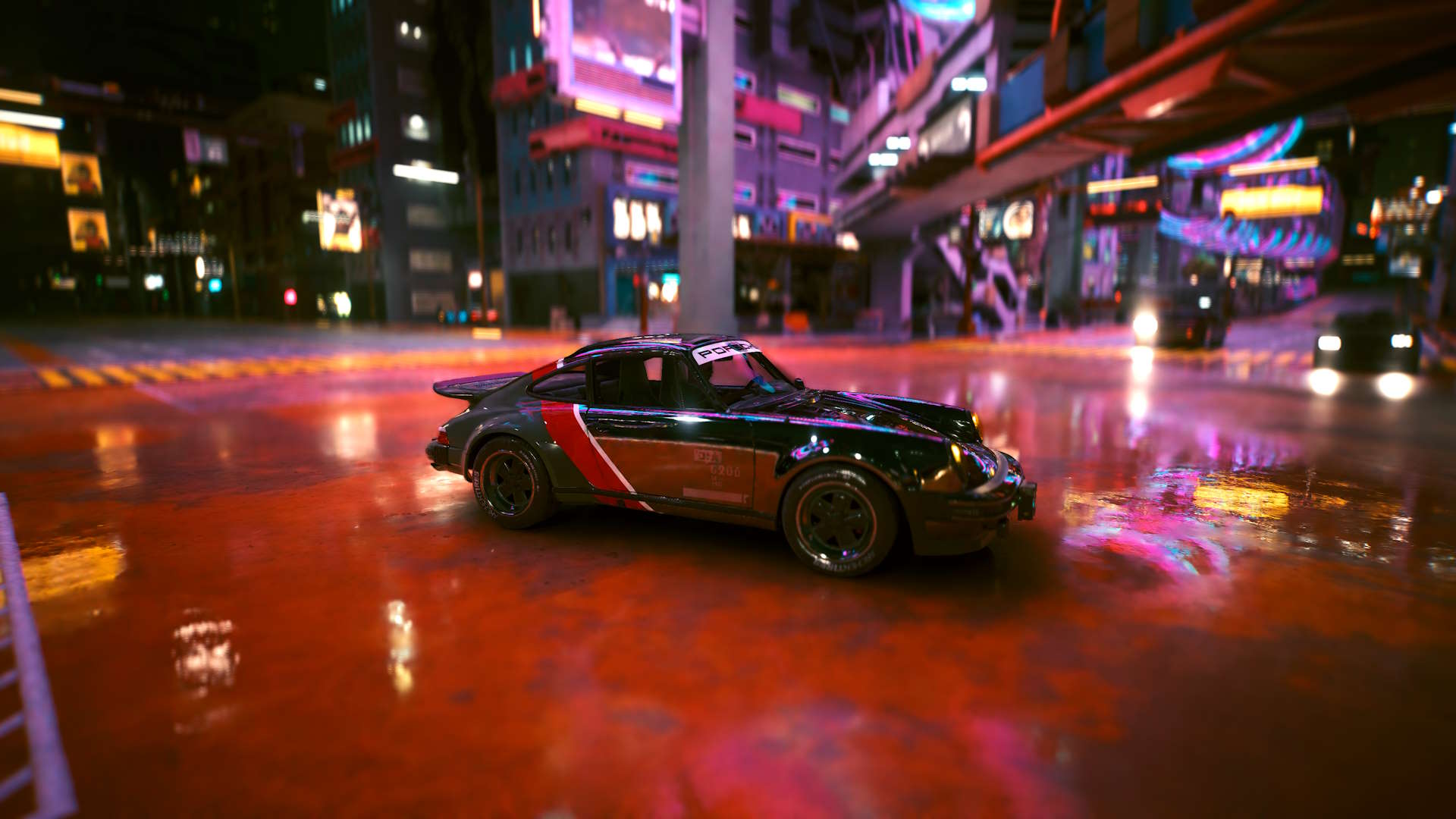
Night City was already a showpiece, but the “Ray Tracing: Overdrive” update took it to the stratosphere by introducing a technology‑preview mode of full scene path tracing on PC. Instead of mixing techniques, Overdrive models global illumination, reflections, and shadows through unified light simulation—so neon splashes realistically into alleys, glossy bodywork reflects more than just what’s on screen, and interiors light correctly through windows and signage. DLSS support (and Frame Generation on the right GPUs) helps keep frame rates in check when you crank settings, making this one of the best playgrounds for modern RT hardware. Crucially, CDPR keeps the traditional RT modes around if your rig isn’t ready for path tracing, but when you do flip the switch, the leap in lighting coherence is hard to ignore. With Phantom Liberty and post‑2.0 updates, Cyberpunk 2077 has evolved into both a superb RPG and a gold‑standard RT benchmark.
8) Avatar: Frontiers of Pandora (2023)
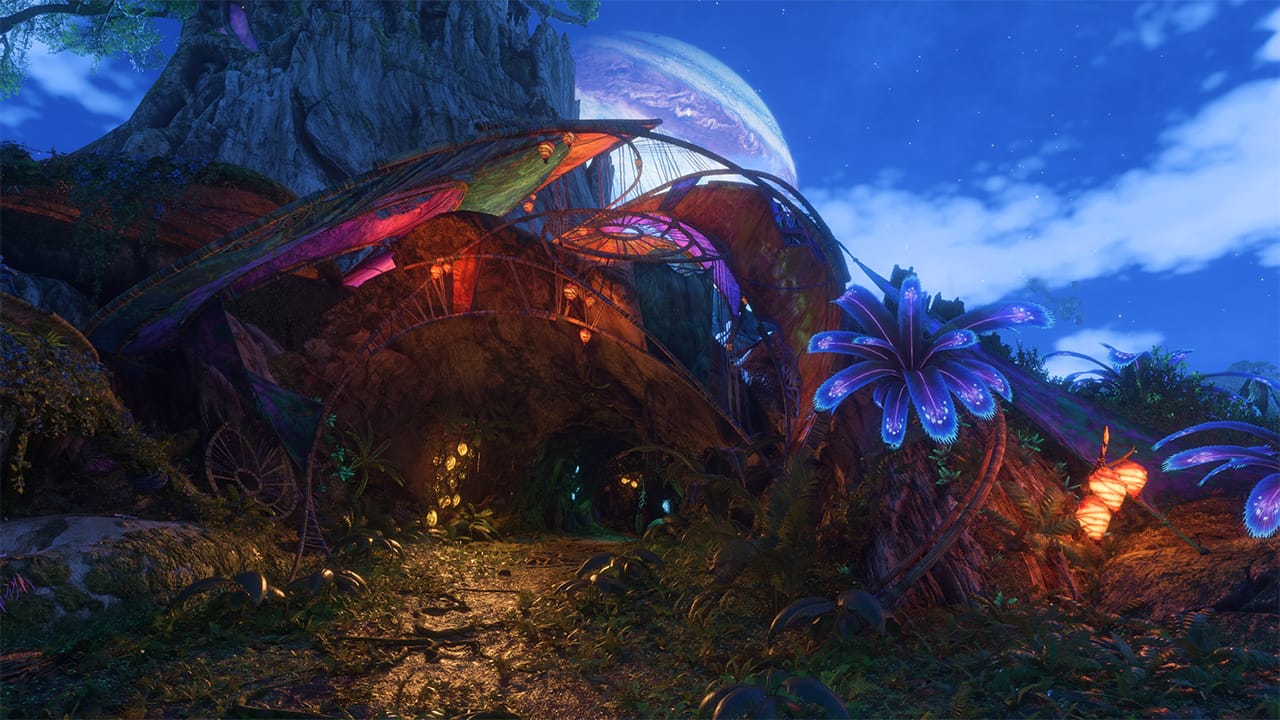
Pandora’s bioluminescent jungles were born for ray tracing. Massive’s Snowdrop engine layers ray‑traced global illumination and ray‑traced reflections across vast outdoor spaces so leaves glow with indirect light, water surfaces capture sky and foliage detail, and sun shafts interplay with volumetric fog. On PC, Ubisoft exposes granular toggles for RT quality, shadows, and reflection fidelity, making it straightforward to tune visuals for your hardware while preserving the game’s signature look—dense vegetation, dramatic day‑night cycles, and materials that pop even in overcast rainforest light. The upshot is a world that feels reactive to light: metallic RDA gear looks appropriately industrial; Na’vi structures absorb and scatter illumination more softly. Upscalers help (DLSS/FSR/XeSS), but the real star is how well Pandora’s art direction harmonizes with physically based lighting. It’s one of the most consistent, outdoors‑first implementations of RT available right now.
7) Portal with RTX (2022)
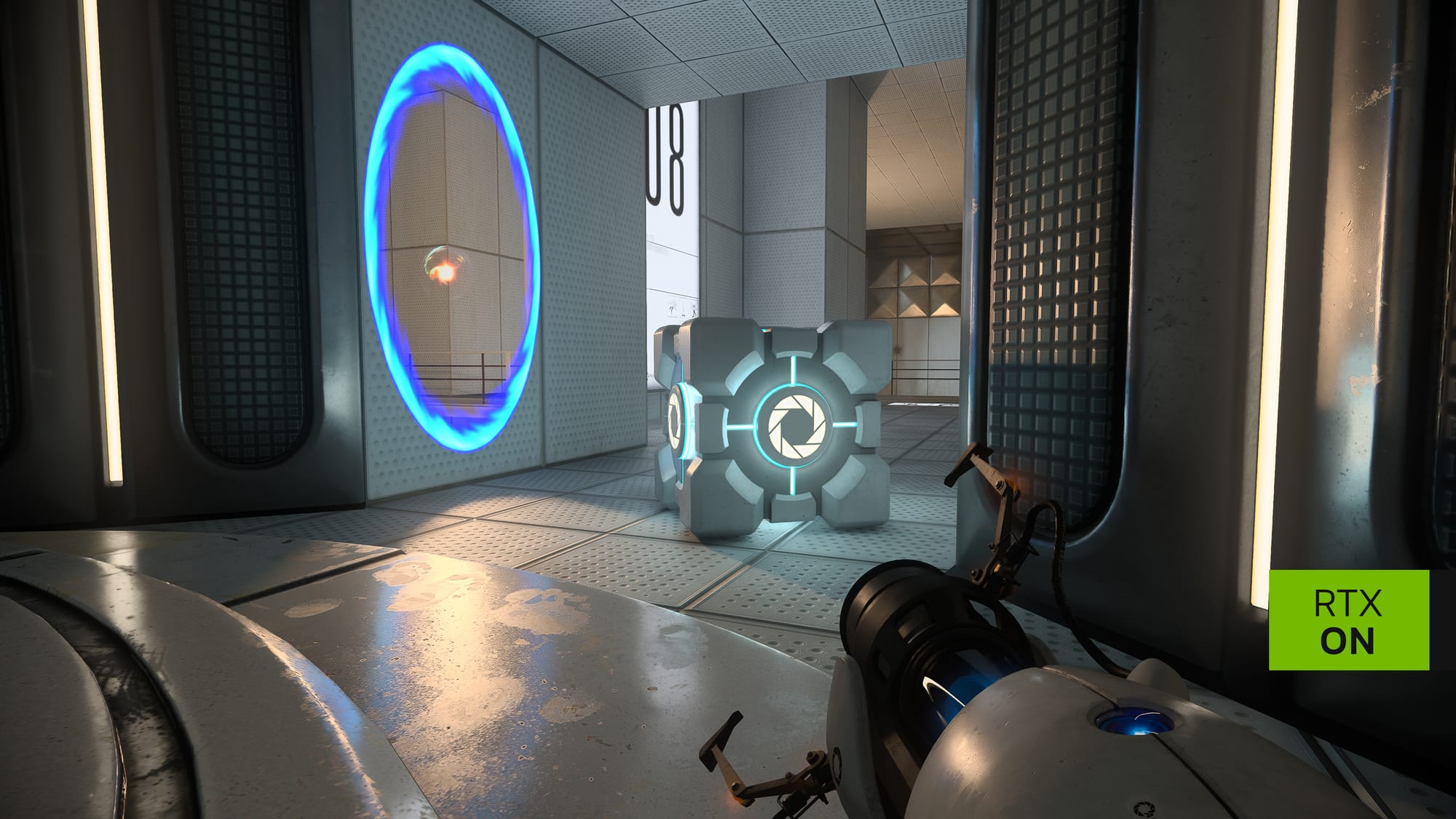
What happens when you rebuild a classic with path tracing? Portal with RTX answers with a striking re‑lit Aperture Science—where every test chamber is a masterclass in emissive materials, soft global illumination, and accurate reflections on tiles, glass, and metallic panels. Powered by RTX Remix and shipping as a free DLC to owners of Portal on Steam, this version layers full ray tracing and DLSS up to 3.X to tame performance while preserving the razor‑clean look fans love. Crucially, the “clean room” aesthetic benefits enormously from path‑traced light bounces: portals cast true colored light, glossy floors mirror geometry outside the camera frustum, and the Weighted Companion Cube looks oddly luxurious. It’s a small‑scale environment compared to open‑worlds, but that’s the point—its controlled spaces let the tech sing. If you want a pure demonstration of what unified lighting does for readability and mood, this is the easiest on‑ramp.
6) Metro Exodus — PC Enhanced Edition (2021)
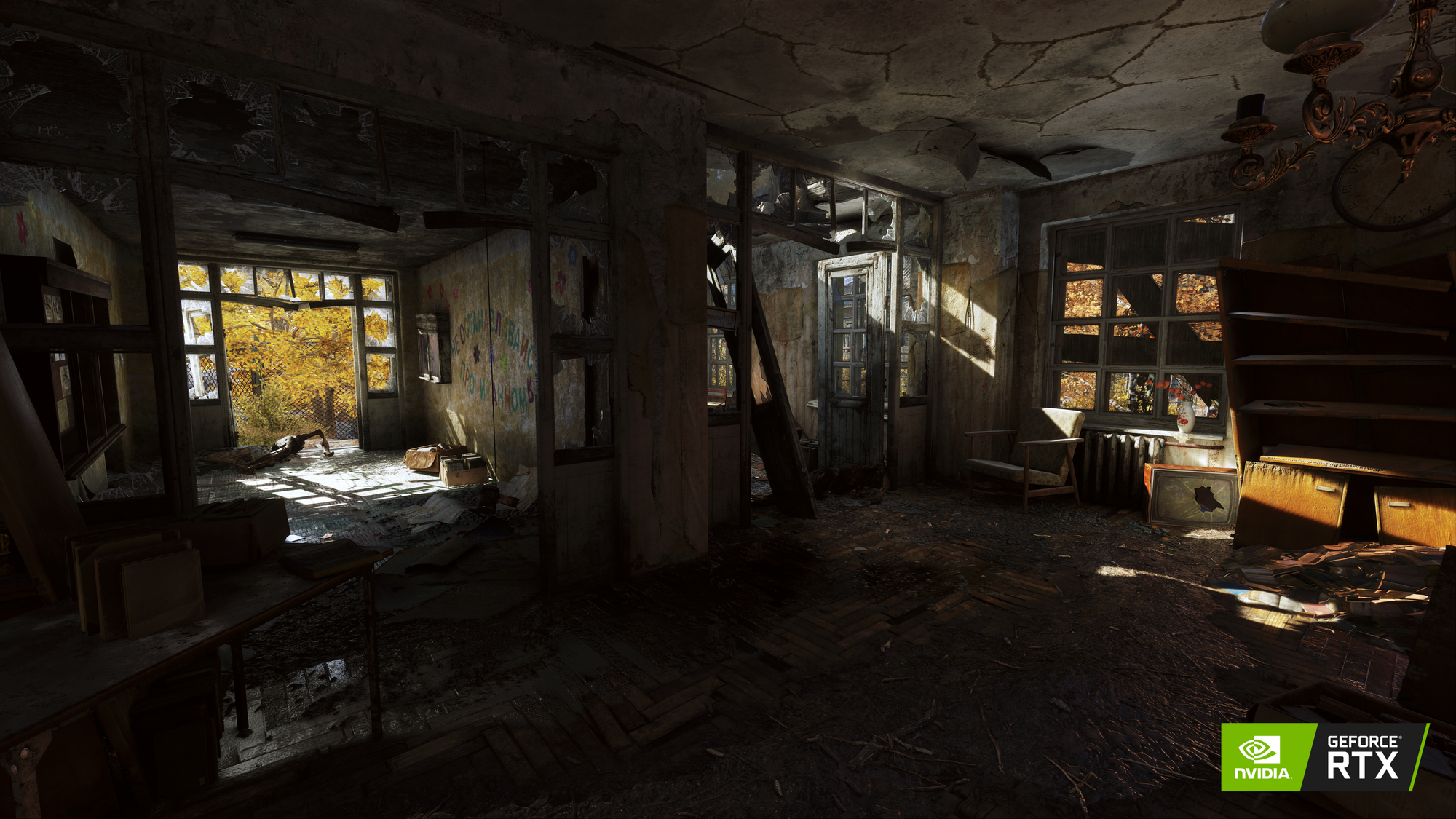
4A re‑engineered Metro Exodus so thoroughly for its Enhanced Edition that it required RT‑capable GPUs to run at all on PC. The payoff? A radical upgrade to ray‑traced global illumination (RTGI) that touches every scene. Instead of relying on baked probes, sunlight and emissive sources bounce naturally, infusing interiors with soft light bleed and making exteriors feel cohesive across weather and time‑of‑day shifts. Specular RT reflections complement the existing screen‑space solution, so puddles and polished surfaces keep reflecting even when elements slide out of view. The studio’s technical dive details improved denoising, dynamic scaling for the RT step, and how the lighting revamp guided the art team’s moodier palette. As a survival shooter, Metro Exodus benefits directly: dark areas are actually dark, muzzle flashes are startlingly bright, and the world’s atmosphere becomes a gameplay factor—not just a screenshot boon. It remains a milestone in “RT‑first” game design.
5) Control (2019)
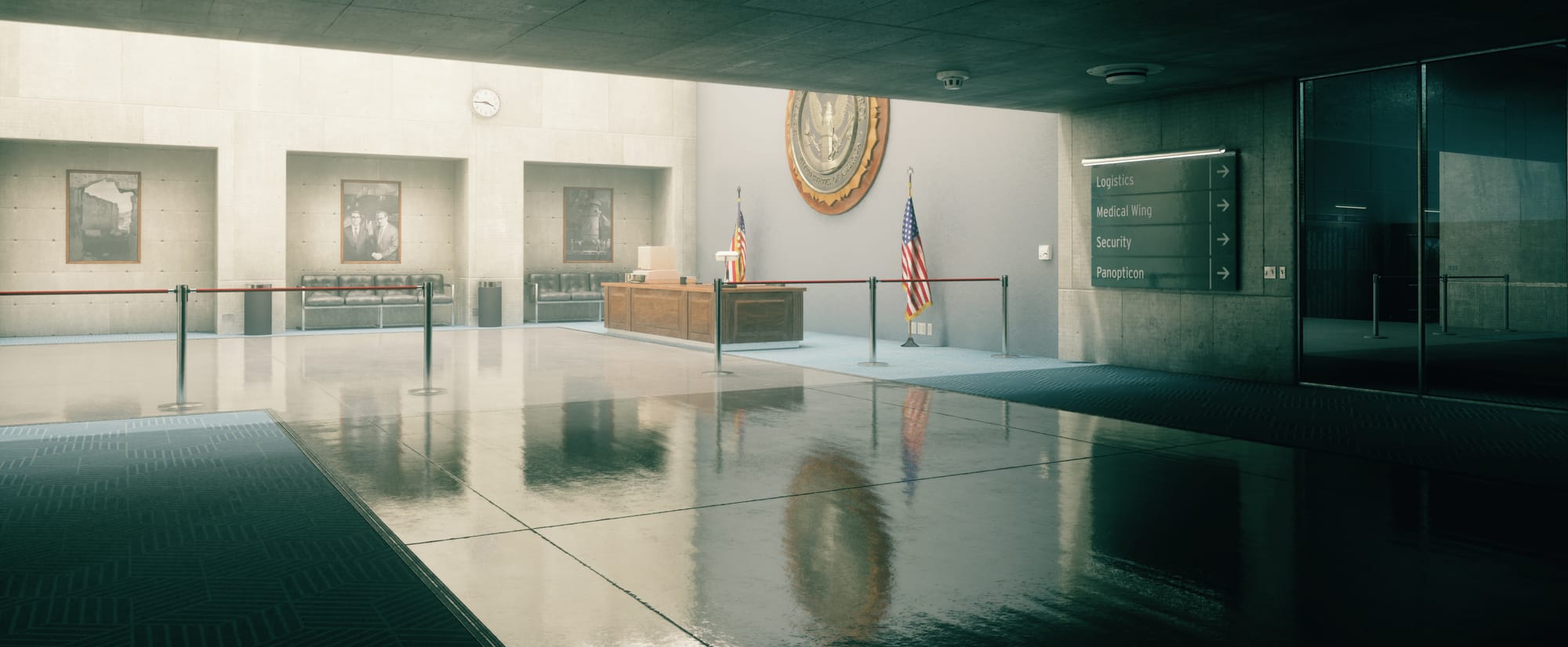
Before Alan Wake 2, Remedy’s Control was many players’ first “wow” moment with ray tracing. The Brutalist architecture of the Oldest House is a gift to RT: stone, glass, and polished surfaces produce layered reflections; transparent materials refract; and soft contact shadows anchor objects in space. NVIDIA’s analysis of the game breaks out five separate ray‑traced passes—covering reflections, transparent reflections, contact shadows, indirect diffuse, and more—designed to complement one another for a smoother, less “CG” look. Switch them all on and Control feels subtly (and sometimes dramatically) more physical, whether you’re peering into a glass office or hurling debris through a fluorescent‑lit hallway. It’s also one of the earliest showcases where DLSS meaningfully offset the GPU tax without cratering image quality. Even after newer, flashier titles, Control endures because its art direction was built for accurate light and shadow—an elegant proof that good RT is as much about taste as tech.
4) Minecraft with RTX (2020)
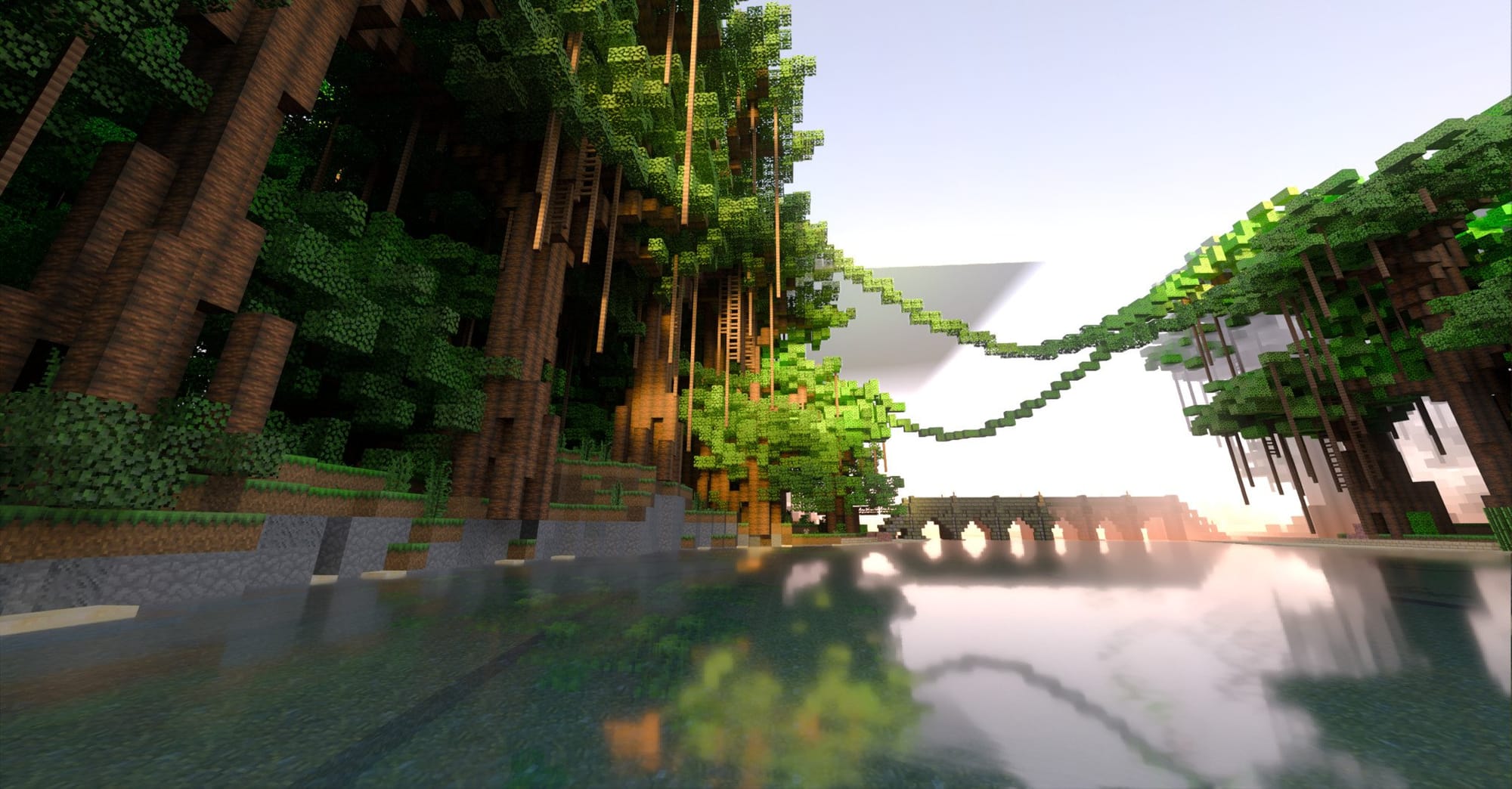
Blocky doesn’t mean basic. “Minecraft with RTX” swaps out the classic lighting model for path tracing on Windows, reimagining moody caverns, stained‑glass cathedrals, and sunlit meadows with realistic GI, emissive textures, and accurate reflections. Because the game’s geometry is so stark, the benefits of unified lighting leap off the screen: torches warm nearby stone; colored glass tints rooms; water reflects sky and terrain even beyond the camera’s view. Mojang’s official rollout emphasized how Render Dragon enables real‑time RT on supported GPUs, and the curated Marketplace worlds are essentially lighting textbooks—great for learning why light behaves the way it does. Add DLSS for performance headroom and texture packs that leverage physically based materials, and you can build small dioramas that rival big‑budget showcases for pure lighting fidelity. It’s also a rare case where RT doesn’t fight the art style—the stylization helps you spot the improvements.
3) Marvel’s Spider‑Man Remastered (PC, 2022)
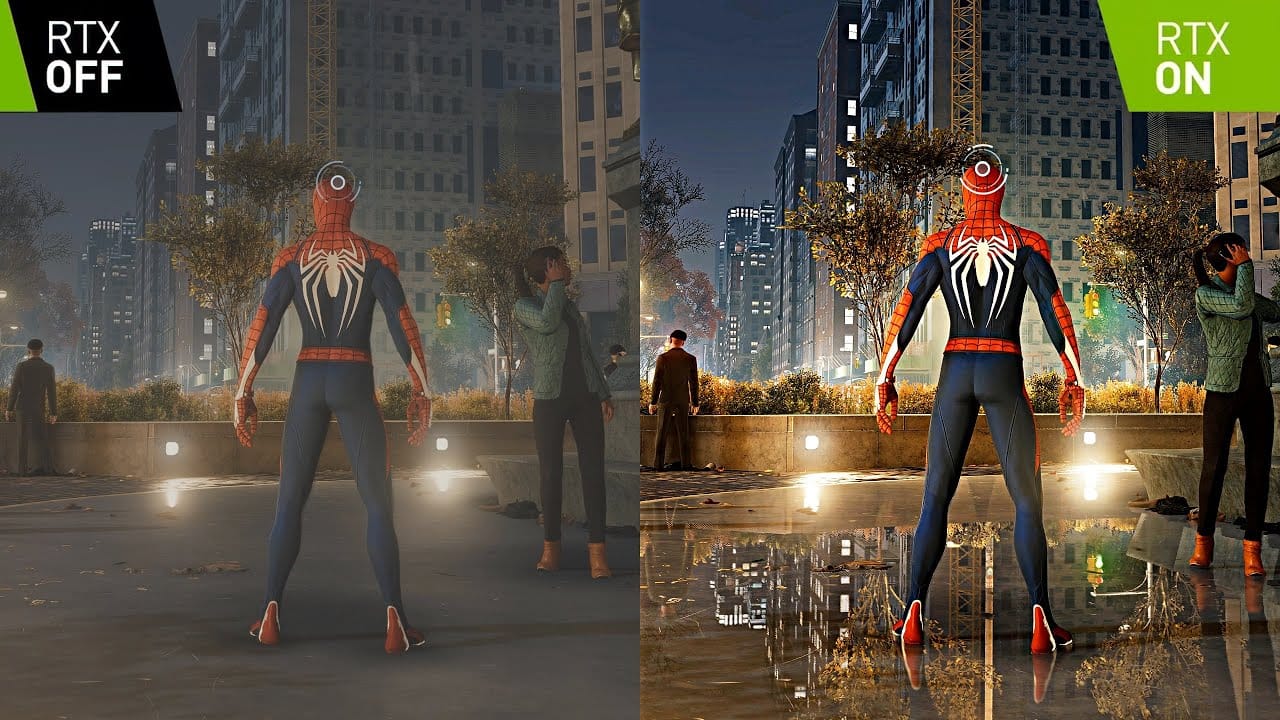
Few cities sell ray‑traced reflections like Manhattan. The PC release of Spider‑Man Remastered adds multiple RT quality tiers—including a higher‑end mode for denser city detail—so glass curtain walls, puddles, and chrome signage capture the skyline as you swing past. Importantly, Insomniac and Nixxes tuned the options to scale well on a range of hardware, pairing RT with DLSS/DLAA (and other upscalers) to preserve responsiveness. The effect isn’t just cosmetic: RT reduces the “pop” and aliasing you get from SSR when the camera whips around at 60+ fps, making traversal look cleaner and more stable. Indoors, RT window interiors and reflective surfaces make labs and apartments feel less like skyboxes and more like real spaces. It’s a perfect marriage of superhero spectacle and practical rendering wins—and a reminder that reflections aren’t just eye‑candy; they improve coherence at speed.
2) Ratchet & Clank: Rift Apart (2021)
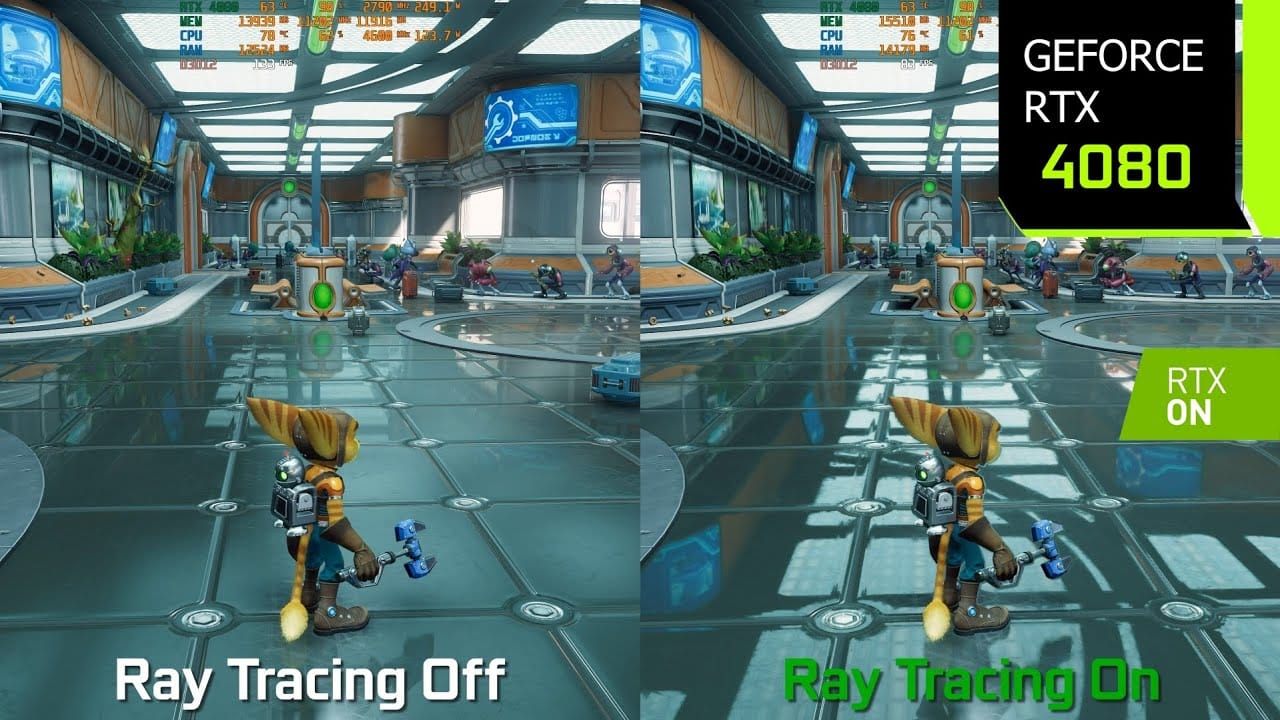
Insomniac popularized something console players didn’t expect so soon: a 60 fps “Performance RT” mode. Rift Apart offers graphics presets that keep ray‑traced reflections active while targeting higher frame rates, letting its candy‑colored worlds (chrome, glass, puddles—you name it) gleam without dropping to 30 fps. That matters in an action‑platformer where motion is the point. The studio’s implementation smartly dials back resolution and certain scene densities to budget for RT, but the trade still looks excellent on living‑room displays. Whether you’re dimension‑hopping or strolling through a neon market, the combination of PBR materials and RT elevates the Pixar‑like presentation from “shiny” to “convincingly physical.” Later updates added even more visual options on newer PlayStation hardware, but the core achievement remains: this is the game that normalized RT at high frame rates on consoles and proved smart scaling can bring premium lighting to fast‑moving genres.
1) Forza Motorsport (2023)
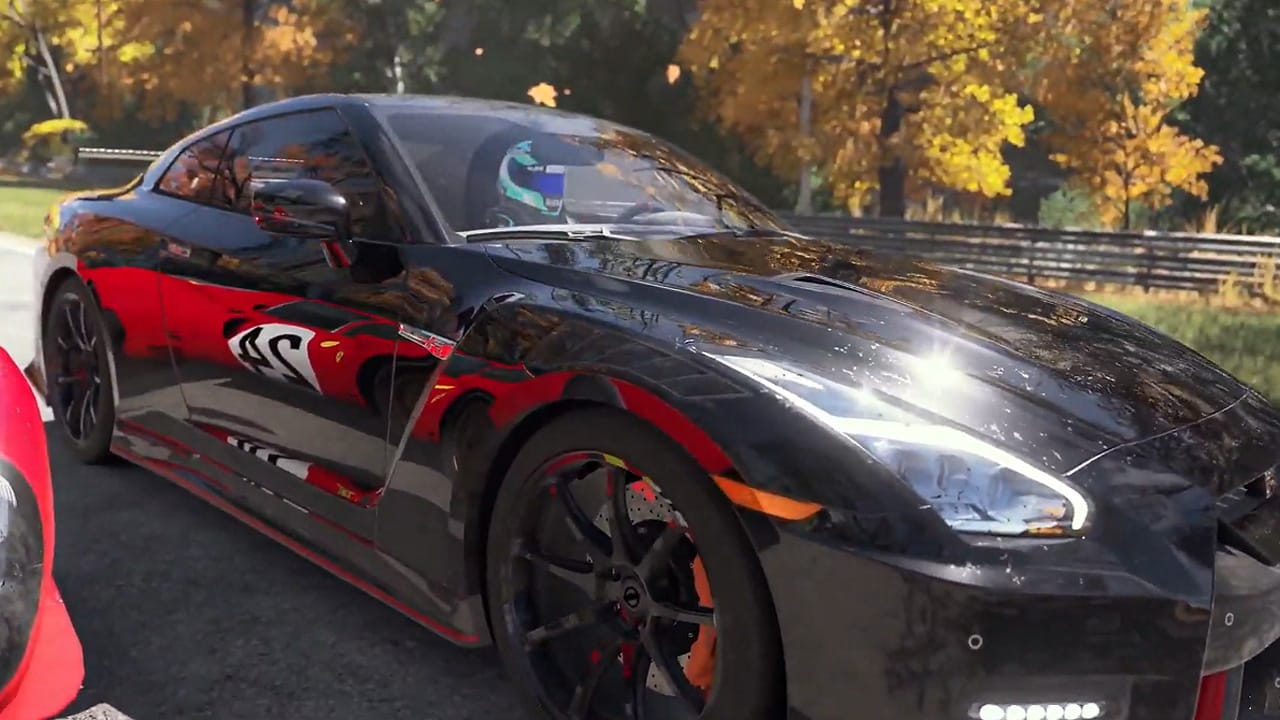
Turn 10 rebuilt Forza Motorsport to put accurate materials, dynamic time‑of‑day, and on‑track ray tracing at the center of its pitch. Official previews and launch materials emphasized how real‑time RT enhances car‑to‑car reflections and complex surfaces like engine bays and carbon fiber—areas that go from “glossy” to believable under studio‑grade lighting. Post‑launch on PC, Turn 10 added ray‑traced global illumination (RTGI), letting indirect light and occlusion react more naturally across cars and asphalt during gameplay. That deepens the sense of presence on overcast afternoons and under stadium lights alike, while keeping the fidelity racers expect in Forzavista and replays. While exact RT features vary by platform and mode, the take‑home is simple: Forza Motorsport is one of the best case studies for how physically based materials plus RT can make vehicles look like they belong in the scene—not just on top of it.
Alternate picks worth watching
If you want even more RT goodness after these ten: Quake II RTX (a fully path‑traced remaster), Doom Eternal (RT reflections), Resident Evil 4 Remake (RT shadows/reflections on high‑end PCs), and Gran Turismo 7 (RT in replays and select modes) are great add‑ons—but the ten above are the most consistent showpieces today.





